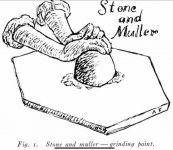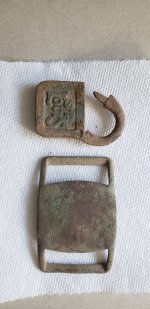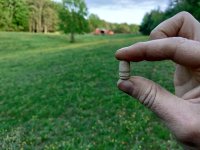Tesorodeoro
Bronze Member
- Jan 21, 2018
- 1,241
- 1,932
- Primary Interest:
- All Treasure Hunting
Handstone
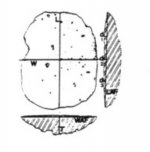
=========================
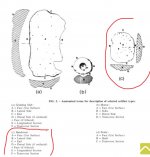
=========================
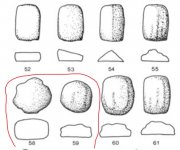
=========================
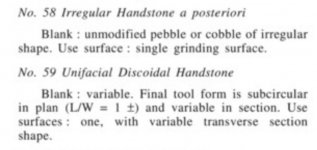
=========================
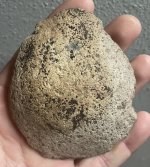
=========================
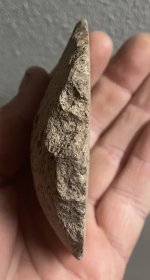
=========================
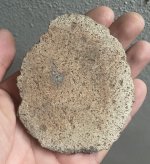
I had posted this previously calling it a “mano rind” (my made up terminology for a worn out grinding stone that was discarded once it was no longer useful). The use surface is extremely smooth, almost like a wet stone.
Moderators were kind enough to move it to the Geofact forum (which truthfully was a little insulting). The pictured “geofact” was found adjacent to a NA dwelling, which doesn’t prove anything. In my opinion, it just gives it some context compared to some rock found in a creek or farmers field.
At any rate, I ran across more correct terminology and wanted to share for future reference. “UNIFACIAL DISCOIDAL HANDSTONE”. Can’t shine a light through it, but I still think it’s cool.
Other examples I provided could be referred to as follows;
“Indeterminate Ground Stone. Indeterminate ground stone includes objects made of abrasive material that have at least one ground surface, but the items are too fragmentary to be identified to more specific types.”
Alternatively; “unidentifiable ground stone fragments”.
I’ve read that worn grinding stones were purposely broken or repurposed when they were used up. Perhaps thrown in the fire pit?
At any rate, feel free to move this to where ever you see fit.
I will refrain in the future from reposting refuted finds.
Carry on.

=========================

=========================

=========================

=========================

=========================

=========================

I had posted this previously calling it a “mano rind” (my made up terminology for a worn out grinding stone that was discarded once it was no longer useful). The use surface is extremely smooth, almost like a wet stone.
Moderators were kind enough to move it to the Geofact forum (which truthfully was a little insulting). The pictured “geofact” was found adjacent to a NA dwelling, which doesn’t prove anything. In my opinion, it just gives it some context compared to some rock found in a creek or farmers field.
At any rate, I ran across more correct terminology and wanted to share for future reference. “UNIFACIAL DISCOIDAL HANDSTONE”. Can’t shine a light through it, but I still think it’s cool.
Other examples I provided could be referred to as follows;
“Indeterminate Ground Stone. Indeterminate ground stone includes objects made of abrasive material that have at least one ground surface, but the items are too fragmentary to be identified to more specific types.”
Alternatively; “unidentifiable ground stone fragments”.
I’ve read that worn grinding stones were purposely broken or repurposed when they were used up. Perhaps thrown in the fire pit?
At any rate, feel free to move this to where ever you see fit.
I will refrain in the future from reposting refuted finds.
Carry on.
Last edited:
Upvote
0


